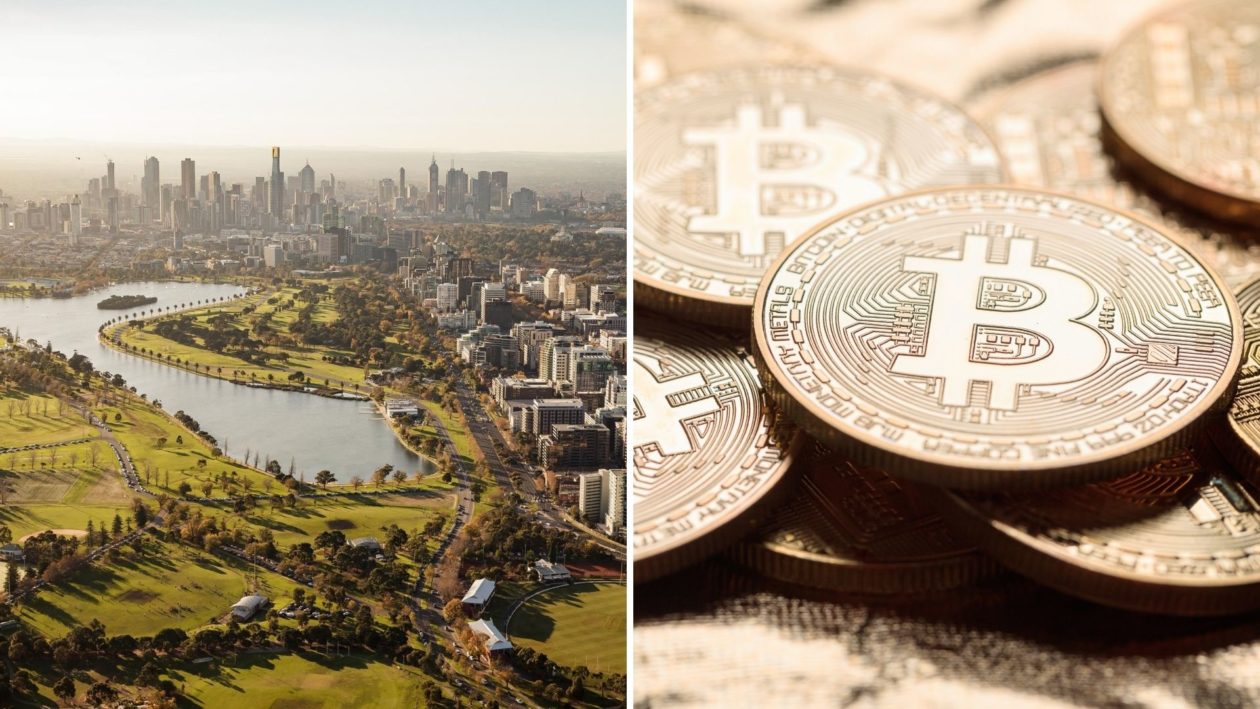Australia’s cryptocurrency industry could swell by up to 30 times its current size by the year 2030, according to a new report by EY (formerly Ernst and Young). As of 2021, the sector currently contributes AU$2.1 billion (US$1.5 billion) and employs around 11,600 people. But with correct reform and growth, the report predicts these figures could swell to AU$68.4 billion (US$48.62 billion) with over 200,00 people employed in the sector.
EY was commissioned by Australia’s digital infrastructure company Mawson Infrastructure Group to conduct the research in light of the recent release of a Senate Select Committee — chaired by Senator Andrew Bragg — report into the future of the digital asset industry in the country.
“The Mawson/EY report shows just how beneficial the adoption of crypto assets and infrastructure could be for the Australian economy,” said James Manning, CEO and Founder of Mawson, in a written statement to Forkast.News. “The Bragg report sets out a framework that will accelerate this adoption. We look forward to being a part of the ongoing conversation.”
The report attributed this projected growth to an accommodating policy environment within the country to attract international and domestic investment to complement the natural rate of adoption. The report also predicts that as the technology begins to scale its integration with other technologies and industries will also continue to develop.
It outlines areas for economic and employment growth as financial services, custody, asset management, data management and insurance for cryptocurrency. But as significant as that rate of growth, an Australian industry watcher told Forkast.News that those numbers might be too conservative.
“I think that what they’ve based these figures on is a traditional model or traditional metrics of what we’ve done in the past,” said Trent Barnes, principal of ZeroCap, an Australian digital assets firm for private clients. “Because we’re in an unprecedented time at the moment where this explosion of innovation is hard to take into account and apply tangible numbers to it … If we’re in the year 2030 and we’re looking back, I think that those numbers would have been grossly underestimated.”
Barnes told Forkast.News that ZeroCap is already hiring across multiple roles within the business, as demand within the industry outstrips the supply of applicants with specific crypto experience. As such, they are looking for transferable skills from traditional roles to upskill with industry training.
One emerging element Barnes believes EY overlooked in constructing the report was the role that the metaverse will be playing in many aspects of our lives — not just for entertainment, but for business as well, foreseeing not only people working within the metaverse but an explosion of new economic opportunity.
“The metaverse opens up a whole new career of roles that are going to be required,” he continued. “Being that it’s Web 3.0, what is going to be the currency of choice? Are you going to get paid in fiat like you would in a traditional, analog job? Or are you going to get paid in the Web 3.0 local, native currency, which is going to be built off a decentralized monetary system?”
Cryptomining’s environmental impact remains a controversial point at the moment, but EY’s report suggests the practice could actually assist the transition to renewable energy while reducing price volatility within the electricity market. Unlike commodity mining, crypto mining can be switched on or off with ease; this allows for excess power during off-peak periods such as at night can be better utilized, while the operation could be turned off to save power during high-demand periods such as on very hot or cold days.
As previously reported by Forkast.News, Mawson recently partnered with leading renewable energy firm Quinbrook Infrastructure Partners to build Australia’s largest Bitcoin mining operation in Byron Bay that also happens to be powered by 100% renewable energy.
Speaking at the Australia-Israel Chamber of Commerce in Melbourne last week, Treasurer Josh Frydenberg laid out a road map for Australia’s crypto and fintech industries. Directly drawing upon recommendations from the Bragg report, Frydenberg indicated Treasury is considering requiring domestic crypto exchanges to hold digital assets for local clients onshore and to introduce licensing regimes for exchanges. He also revealed updated plans for Australia to develop a central bank digital currency.
In what would come as a disappointment to Australia’s crypto mining industry, however, he also indicated Treasury was not going to adopt one of the Bragg report’s recommendations to offer a 10% tax credit to any mining operation that uses 100% of its energy from renewable sources.
Reflecting on whether this roadmap would allow the Australian industry to flourish in the way outlined in this report, Barnes remained cautiously optimistic.
“[The Government] are on the right path. My only fears are if it becomes a burdensome sort of regulatory regime that then cuts the everyday person out of it,” Barnes said. “Regardless of the regulations that they bring in, one of the great things about crypto is that it exists outside of government borders that you can access crypto from anywhere.”
Australia is already showing strong growth in retail crypto investment. Using figures from the Australian Tax Office (ATO), the report states that an estimated 600,000 people out of Australia’s population of 25 million are already invested in cryptocurrency in Australia. However, another estimate from local crypto exchange Independent Reserve found that 28.8% of Australians have either owned or plan to own cryptocurrency in the future. This is up from the 2020 figures which found only 18.4% answered yes to the same question.
For his part, Barnes is more inclined to believe the figures coming from Independent Reserve. “Not because people are trying to dodge [tax obligations] but I think there is too much ambiguity around the taxation of crypto assets,” he said. “I don’t think a lot of people understand it. So, I think Independent Reserve would probably be a lot closer to the mark than the ATO.”





